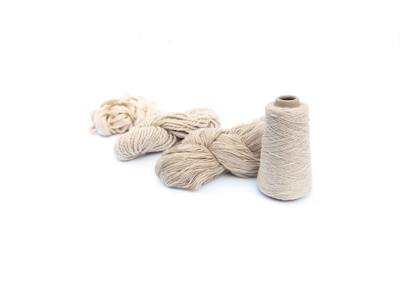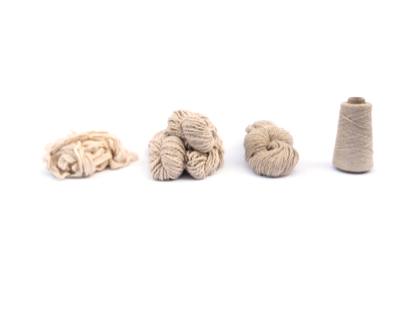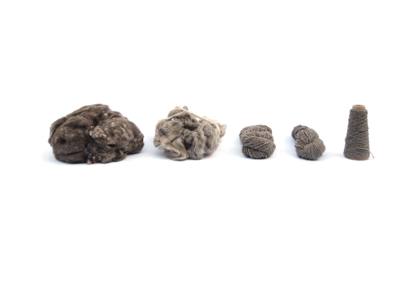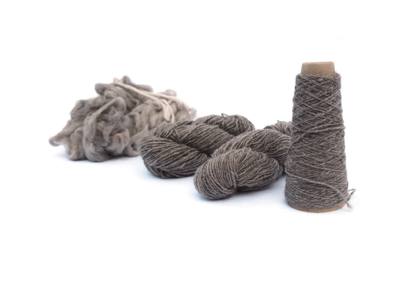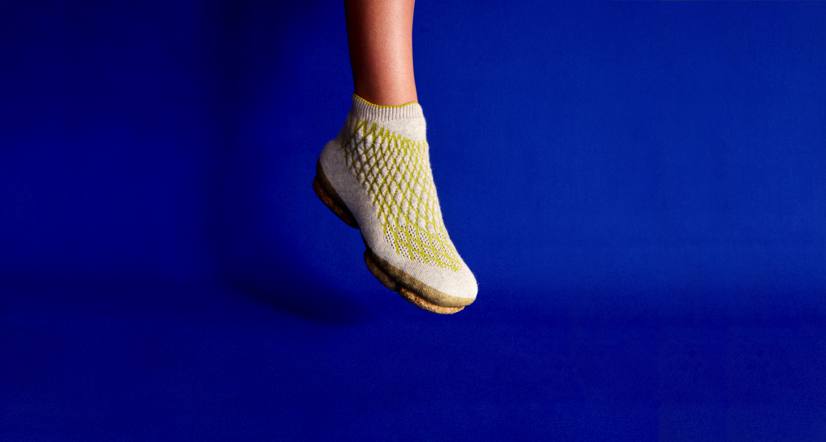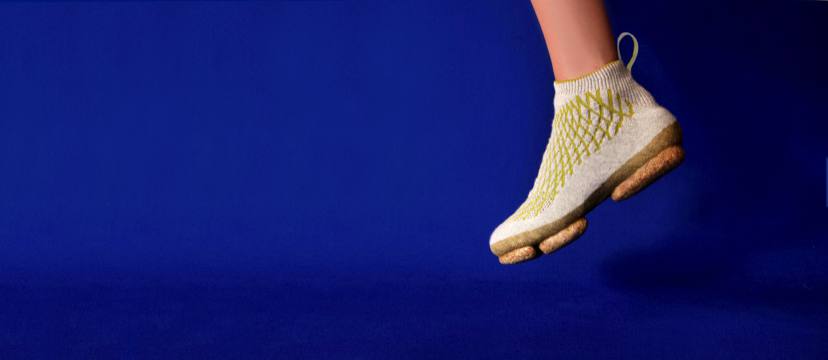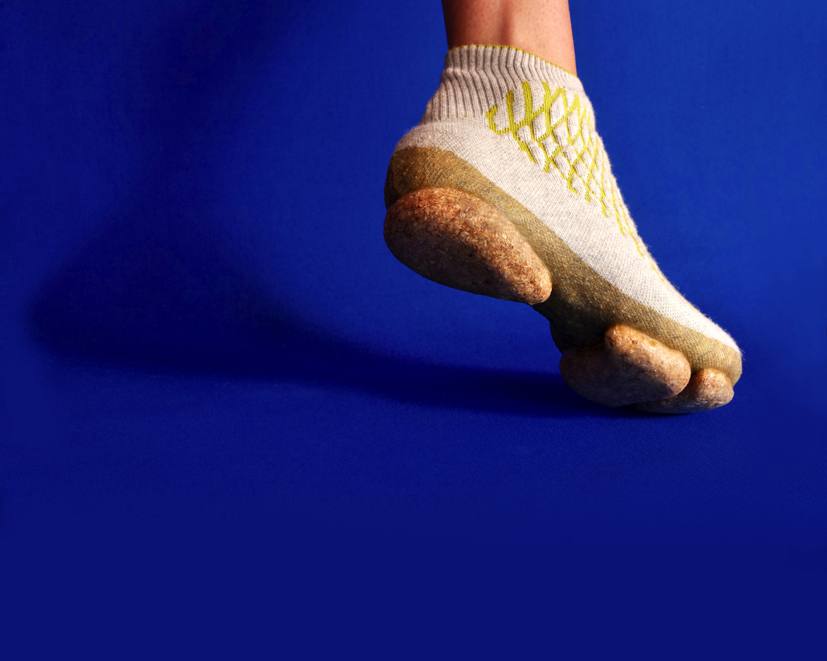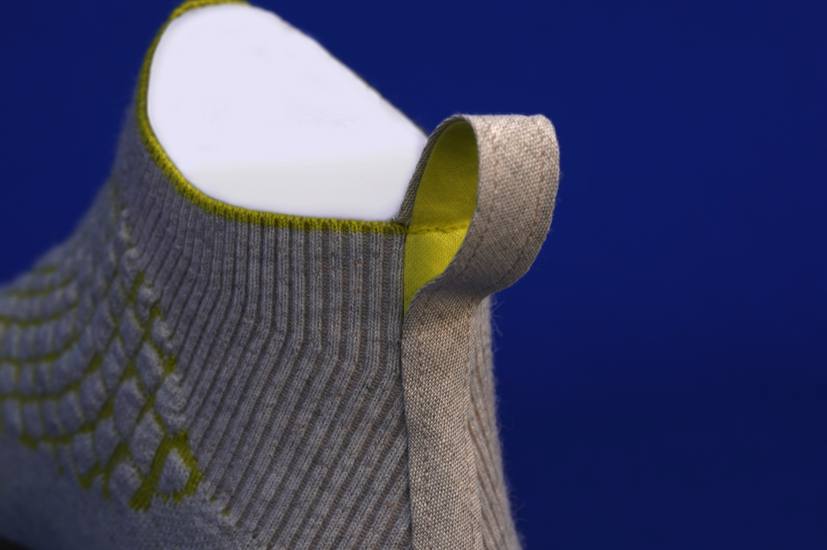SNEATURE
At present we live in a time when the resources of our planet are being transformed into products at a speed far exceeding the natural rate of self-renewal of the biosphere. Consequences of excessive production and consumption can be seen in the impact on our global climate. Forest fires, species extinction and a rapid increase in temperature are only a small part of the effects of this irresponsible use of our resources.
A large part of global emissions are caused by the clothing industry. Sneakers are also among the clothing products that are often discarded after a short lifespan. The complicated construction and the use of different materials (rubber, textile, various plastics, etc.) make it almost impossib- le and unprofitable to disassemble and recycle a pair of trainers after use.
Because this is a very wasteful use of resources, it is up to designers to look at alternatives. This includes the use of „unconventional“ resources such as waste material.
However, sustainable design includes not only the raw materials but also the manufacturing process, which has a major impact on the ecological footprint of the product. The idea was to develop such a comprehensive sustainable design in the field of footwear. It was important to use natural, renewable raw materials, to enable individual ad- aptation to the user and local production with the lowest possible energy consumption.
supervised by Prof. Dr. Markus Holzbach
Institute for Materialdesign IMD, 2020
https://imd-materialdesign.com
University of Art and Design Offenbach am Main
in Cooperation with Modus Intarsia
Furthermore, the aim was to develop a shoe that is biodegradable after use. The result is the „Sneature“. This is a portmanteau word from „sneaker“ and „nature“. This concept also includes the development of a material cycle in which the product is integrated. The graphic illustrates the production processes of the three bio-based materials made from organic waste used for the Sneature. Their use in the shoe (upper material, transition and sole) is marked in blue. When the shoe is disposed of, nutrients from the biologically decomposed materials can be re- turned to the ecological material cycle.
In order to approach the problem and conceptualise a solution, a fundamental factor for the ecological properties of every product - the material was examined. Through a series of experimental tests different natural materials for an implementation in sneakers were tested. For this purpose different textile processing techniques were investigated and the results are presented in a matrix.
Further on the sneaker was segmented into functional and structural areas (membrane, transition, sole) in order to be able to implement the tested materials in a suitable way, taking into account the functional properties of the different areas. Because of the possible integration into an industrial production process, the 3D knitting process was used for the membrane (the integrative core of the shoe).





